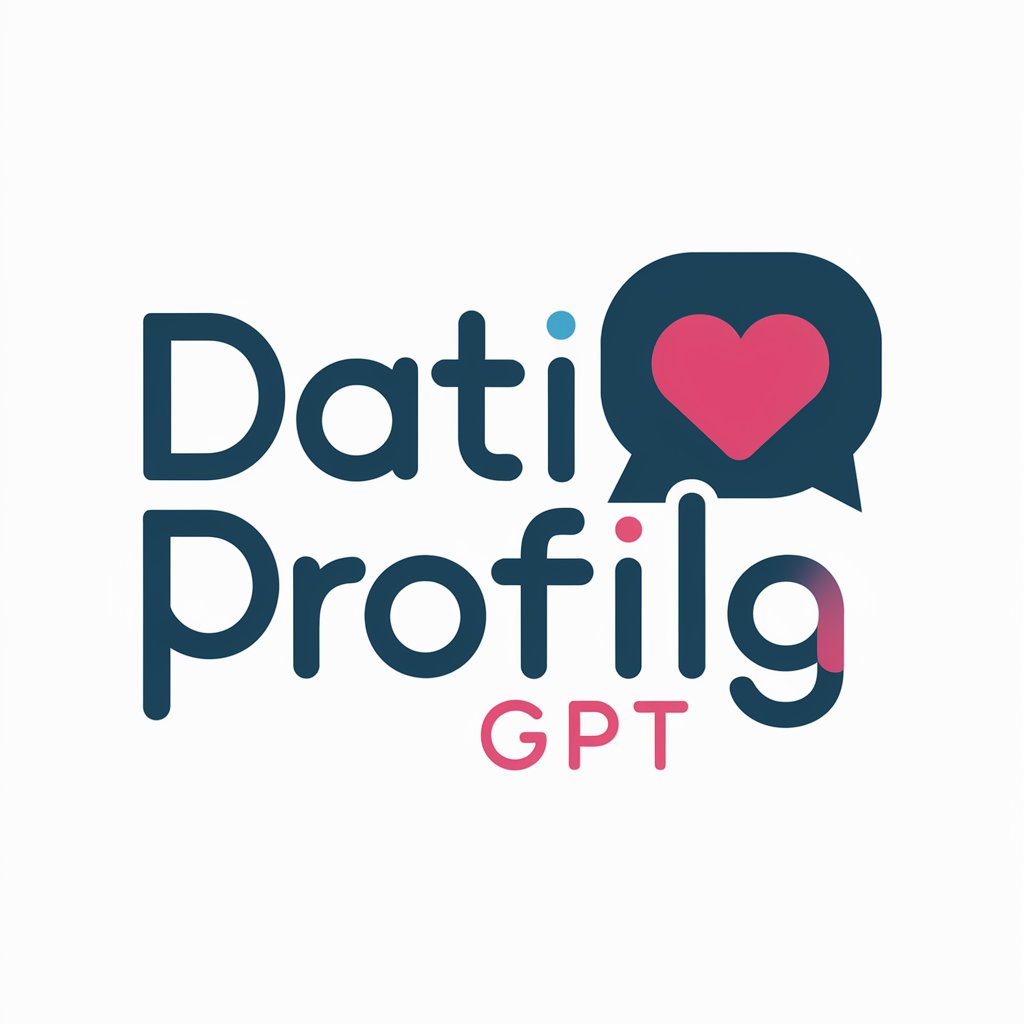Python Quant - Python-Powered Financial Analysis

Hello! Need help with Python and finance?
Empowering Financial Analysis with AI-Powered Python
Explain how to implement...
Provide an example of...
Can you write a Python script to...
What are the best practices for...
Get Embed Code
Introduction to Python Quant
Python Quant is a specialized GPT model tailored to assist in Python programming for Quantitative Finance. Designed for a wide range of users, from beginners to seasoned professionals in finance, mathematics, and computer science, it specializes in understanding and writing Python code for quantitative analysis and financial modeling. It focuses on libraries like pandas, numpy, scipy, matplotlib, and specialized finance libraries such as VectorBT, QuantLib, pyfolio, yfinance, QuantPy, TA-Lib. Additionally, it incorporates libraries for analysis and machine learning including statsmodels, scikit-learn, pytorch, Tensorflow, and Keras. A typical scenario illustrating Python Quant's utility could involve a financial analyst seeking to optimize a trading strategy using Python. The analyst might leverage Python Quant to efficiently utilize pandas for data manipulation, apply VectorBT for backtesting strategies, and employ machine learning techniques using scikit-learn to enhance prediction accuracy. Powered by ChatGPT-4o。

Main Functions of Python Quant
Code Assistance
Example
Providing Python code for implementing a Monte Carlo simulation to estimate the potential future value of an asset.
Scenario
A quantitative analyst needs to assess risk and return profiles of different assets.
Financial Modeling
Example
Guiding through the creation of a Black-Scholes model for option pricing using QuantLib.
Scenario
A trader looking to price complex financial derivatives accurately.
Data Analysis and Visualization
Example
Offering Python scripts to analyze historical stock data using pandas and visualize trends using matplotlib.
Scenario
An investment manager needs to present portfolio performance over time to stakeholders.
Machine Learning Implementation
Example
Assisting in building a neural network model using TensorFlow or PyTorch to predict stock prices.
Scenario
A hedge fund employing algorithmic trading strategies to forecast market movements.
Algorithmic Trading Strategies
Example
Developing and backtesting algorithmic trading strategies using VectorBT.
Scenario
A financial engineer creating automated trading systems.
Ideal Users of Python Quant Services
Quantitative Analysts
Professionals who specialize in quantitative analysis, often employed in finance and investment banking. They benefit from Python Quant's ability to assist in complex financial computations and model building.
Data Scientists in Finance
Data scientists working in the finance sector who require specialized knowledge in financial data analysis, predictive modeling, and machine learning applications.
Academics and Students
Academics and students in fields like finance, economics, and computer science who require a deep understanding of quantitative finance theories and their practical implementation.
Algorithmic Traders
Individuals or entities involved in algorithmic trading, benefiting from Python Quant's capabilities in strategy development, backtesting, and optimization.
Financial Software Developers
Developers who build financial applications and tools, requiring in-depth knowledge of both finance and Python programming for efficient and accurate software solutions.

Guide to Using Python Quant
Initial Access
Visit yeschat.ai for a free trial without login, also no need for ChatGPT Plus.
Familiarize with Python Libraries
Understand and familiarize yourself with key Python libraries used in quantitative finance, such as pandas, numpy, scipy, and matplotlib, along with finance-specific libraries like QuantLib and yfinance.
Identify Use Case
Define your specific quantitative finance problem or analysis, whether it's data analysis, financial modeling, or algorithmic trading.
Engage with Python Quant
Ask Python Quant specific questions or request Python code snippets related to your use case, ensuring clarity in your queries for optimal assistance.
Implement and Iterate
Implement the provided Python solutions in your environment, and return to Python Quant for iterative improvements or further queries.
Try other advanced and practical GPTs
EJ GPT
Empowering Environmental Justice with AI

Hackathon Mentor
Empowering Hackathons with AI Expertise

Be Encouraged!
Empowering Conversations, AI-Enhanced

ADHDaptable
Empowering Minds with AI-Driven ADHD Support

Pro Artist
Transforming Text into Visual Art

Conspiracy Carl
Dive into whimsy with AI-powered humor

Drupal Coder
AI-Powered Drupal Development Expert

Michigan Football GPT
AI-powered Michigan Football Insights

Dating Profile GPT
Elevate Your Love Life with AI-Powered Profiles

Create My Avatar
Craft Your Digital Identity with AI

課題/レポートフィニッシャー
Empowering Your Writing with AI Innovation

Calendar Event Creator
AI-powered, hassle-free event scheduling

Python Quant: Common Questions
How can Python Quant assist in algorithmic trading?
Python Quant provides Python code for developing and testing algorithmic trading strategies, leveraging libraries like backtrader, QuantLib, and yfinance for data analysis, strategy formulation, and backtesting.
Can Python Quant help with portfolio optimization?
Yes, Python Quant can assist in portfolio optimization by offering Python solutions using scipy and pyfolio for risk and return analysis, and for creating efficient portfolio strategies.
Is Python Quant suitable for risk management analysis?
Absolutely. Python Quant can assist in risk management by providing Python code for analyzing financial risks, using statistical methods and libraries like numpy and QuantPy.
How can I use Python Quant for data analysis in finance?
Python Quant can help in financial data analysis by providing Python code for data manipulation and visualization using pandas, numpy, and matplotlib, tailored for financial datasets.
Does Python Quant support machine learning applications in finance?
Yes, Python Quant supports machine learning applications in finance by providing Python code and guidance using libraries like scikit-learn, Tensorflow, and Keras for predictive modeling and analysis.
